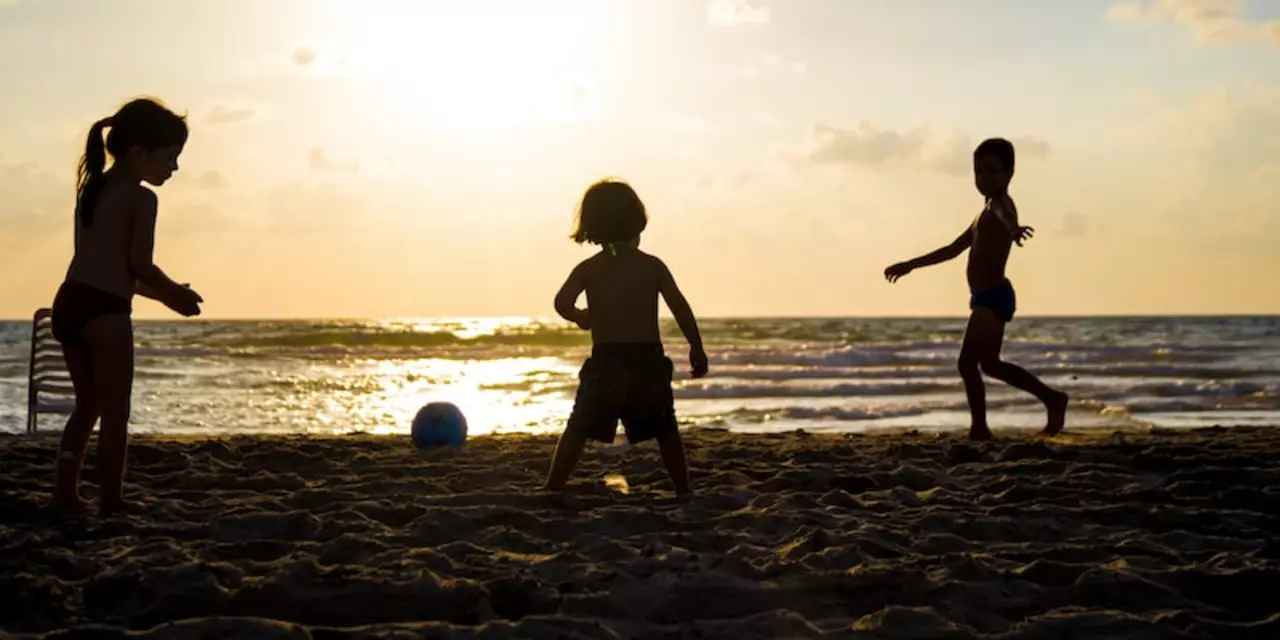History of UK Windsurfing: How the Sport Took Off
Ever wonder why windsurfing feels like part adventure, part tradition? The answer lies in a decade‑long evolution that started on British beaches in the late 1960s. Pioneers took surfboards, added a sail, and suddenly the sea gave them a new way to ride the wind. That simple idea sparked a community that still thrives today.
In the early 70s, a handful of enthusiasts built their own rigs out of wood and canvas. They were far from perfect, but the thrill of catching a gust on a board was addictive. Word spread fast through surf clubs, and soon you could see makeshift windsurfers at places like Brighton, Cornwall, and the Isle of Wight. The first real break‑through came when manufacturers began selling purpose‑made boards and sails. Companies such as Pacer and O'Neill set up small UK factories, turning a hobby into a market.
Key Milestones That Shaped the Scene
One of the biggest turning points was the 1979 UK National Championships held in Bude. The event attracted riders from across Europe and put British talent on the map. Media coverage followed, and suddenly the sport was no longer just a beach pastime – it became a competitive discipline. The 80s saw the introduction of freestyle tricks, and local clubs started offering lessons, making windsurfing accessible to beginners.
Another milestone was the launch of the British Windsurfing Association in 1983. The association standardized rules, set safety guidelines, and organized a calendar of events that still runs today. By the 1990s, the UK produced world‑class athletes who chased medals at the Olympics and World Cups, inspiring a new generation of riders.
Why History Matters for Today’s Surfers
Knowing the roots of windsurfing helps you appreciate the gear you use now. Modern carbon‑fiber sails and inflatable boards are the result of decades of trial, error, and community feedback. When you see a classic wooden board at a vintage fair, you’re looking at a piece of the sport’s DNA.
And it’s not just about nostalgia. The DIY spirit that drove early builders lives on in today’s online forums and club meet‑ups. If you’re thinking about customizing your board or learning a new trick, you’re continuing a tradition that began on a handful of makeshift rigs.
At UK Windsurf Club we celebrate that history every week. Our blog shares stories from veteran surfers, archives photos of early championships, and runs workshops that teach the basics that pioneers first figured out on the beach. By joining the club you become part of that timeline – you add your own chapter to a story that’s still being written.
So next time you step onto the water, remember you’re riding on more than wind. You’re riding on years of trial, triumph, and community. That’s the real power of the sport’s history – it gives every session a deeper meaning, and it reminds us why we keep coming back for more.
Did the Beach Boys ever stop being cool?
The Beach Boys were one of the most iconic bands of the 1960s, and their songs still evoke a sense of summer, surf and good vibes. But did they ever stop being cool? Despite the fact that their music has aged over the years, their albums still have a timeless charm that resonates with audiences of all ages. This is because their music has a unique sound that draws from a variety of genres, from rock to country and even a bit of jazz. Furthermore, the Beach Boys' legacy is still alive through the many tribute bands, cover versions, and television and film appearances that keep their music alive for generations to come. Therefore, it's safe to say that the Beach Boys are still cool.
